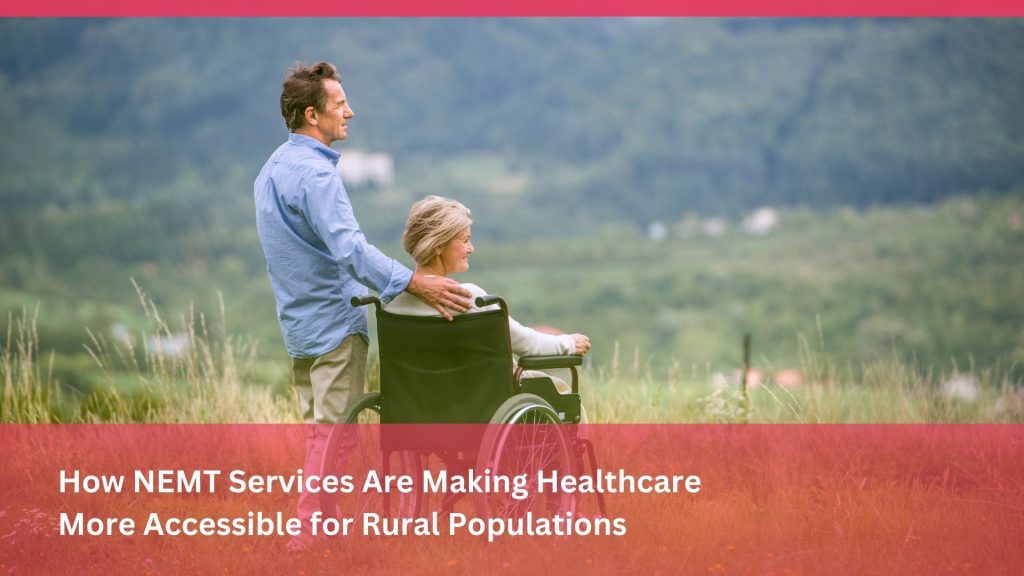New at Safr Care
How NEMT Services Improve Healthcare Access in Rural Areas

How NEMT Services Are Making Healthcare More Accessible for Rural Populations
Non-Emergency Medical Transportation (NEMT) is a crucial service designed to bridge the healthcare accessibility gap, especially in rural areas. For individuals who lack reliable transportation, have mobility issues, or live far from medical facilities, NEMT provides a lifeline, ensuring they receive the medical attention they need.
The Importance of NEMT in Rural Areas
Rural populations face unique healthcare challenges, including long distances to healthcare providers, limited public transportation options, and higher rates of chronic diseases. NEMT services address these issues by providing reliable transportation for medical appointments, thereby reducing missed appointments, improving health outcomes, and decreasing healthcare costs associated with untreated conditions.
Challenges Faced by Rural Populations
- Geographical Barriers: Long distances to healthcare facilities.
- Lack of Public Transportation: Few or no public transit options in remote areas.
- Economic Constraints: High cost of private transportation.
- Health Disparities: Higher prevalence of chronic diseases requiring frequent medical visits.
How NEMT Services Are Addressing These Challenges
NEMT services offer tailored solutions, including:
- Door-to-Door Service: Picking up patients from their homes and transporting them directly to healthcare facilities.
- Specialized Vehicles: Equipped to handle wheelchairs, stretchers, and other medical equipment.
- Flexible Scheduling: Accommodating the unique needs of rural residents with irregular schedules.
- Cost-Effective Options: Often covered by Medicaid or other healthcare programs, reducing the financial burden on patients.
Benefits of NEMT Services for Rural Communities
Implementing NEMT services in rural areas leads to numerous benefits:
- Improved Health Outcomes: Consistent access to preventive care and chronic disease management.
- Reduced Hospital Readmissions: Early intervention and regular check-ups prevent complications.
- Enhanced Quality of Life: Greater independence and reduced stress for patients and their families.
- Economic Growth: Job creation within NEMT service providers and reduced healthcare costs.
The Future of NEMT in Rural Healthcare
As technology advances, NEMT services are evolving to become more efficient and accessible. Innovations such as GPS tracking, mobile apps for scheduling, and data analytics to optimize routes are enhancing service delivery. Additionally, policy changes and increased funding for rural healthcare transportation are expected to expand the reach of NEMT services.
Conclusion
NEMT services are vital for improving healthcare accessibility in rural populations. By addressing transportation barriers, NEMT not only improves individual health outcomes but also contributes to the overall well-being of rural communities. Continued investment in NEMT infrastructure and technology will ensure that these services remain a cornerstone of rural healthcare accessibility.
